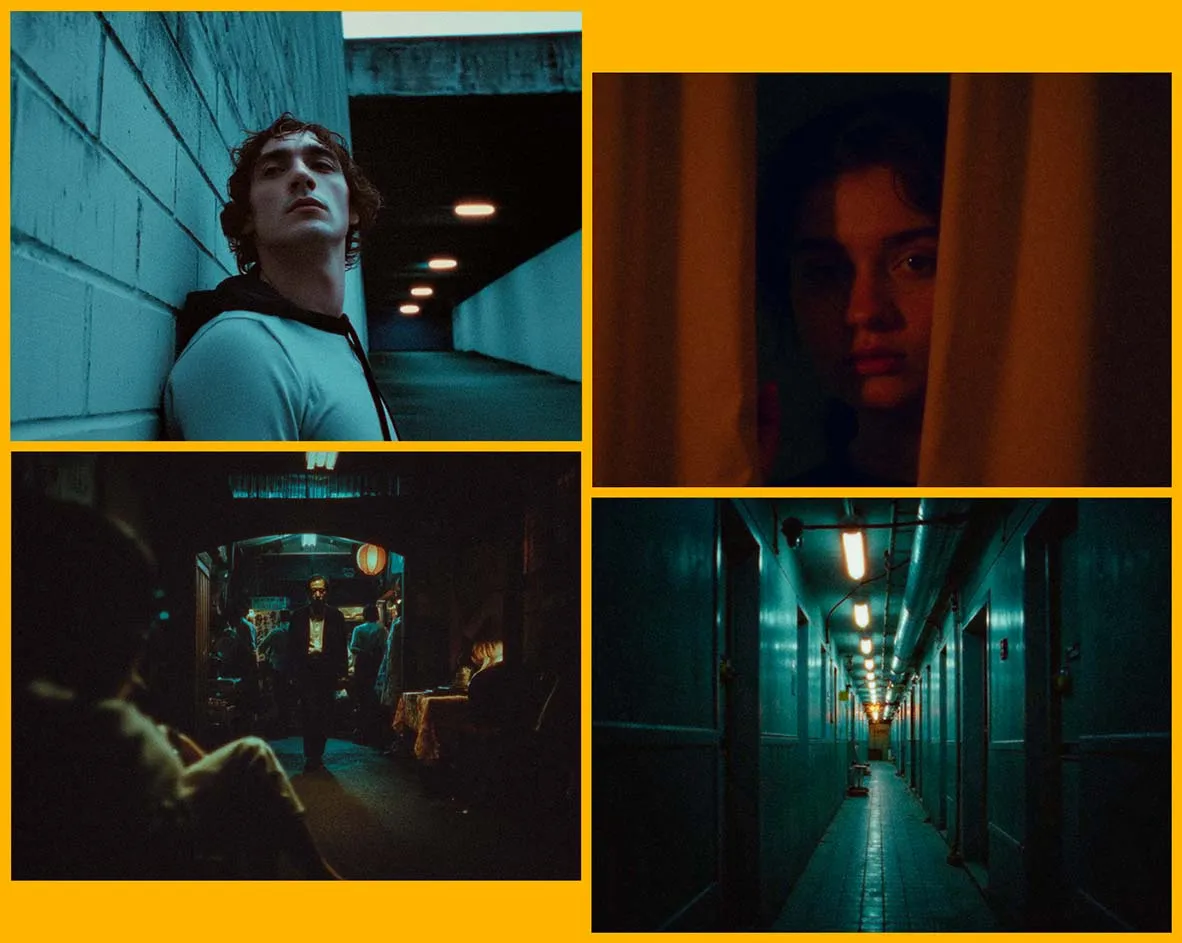

Between The Frames
A conversation with cinematographer Steve Tanaka about subtractive storytelling, analog obsession, and why meaning lives in the liminal space between the frames.
Steve Tanaka is a cinematographer with a painter’s patience and a poet’s restraint. Based in Los Angeles, he works in music videos, TV and commercials - mediums that move fast, demand polish, and reward spectacle. But Steve’s approach is different. His style is quietly radical: clean but imperfect, cinematic but never forced, and always guided by story.
“I’m not looking for the most beautiful shot. I’m looking for the shot that belongs - the one that makes the story breathe.“
As the son of Japanese immigrants, Steve grew up in the in-between: between cultures, between expectations, between worlds. That space - neither here nor there - has become his creative engine. With his Arri Amira in hand, he doesn’t just capture images. He finds stillness in motion. Meaning in simplicity. Harmony in chaos.
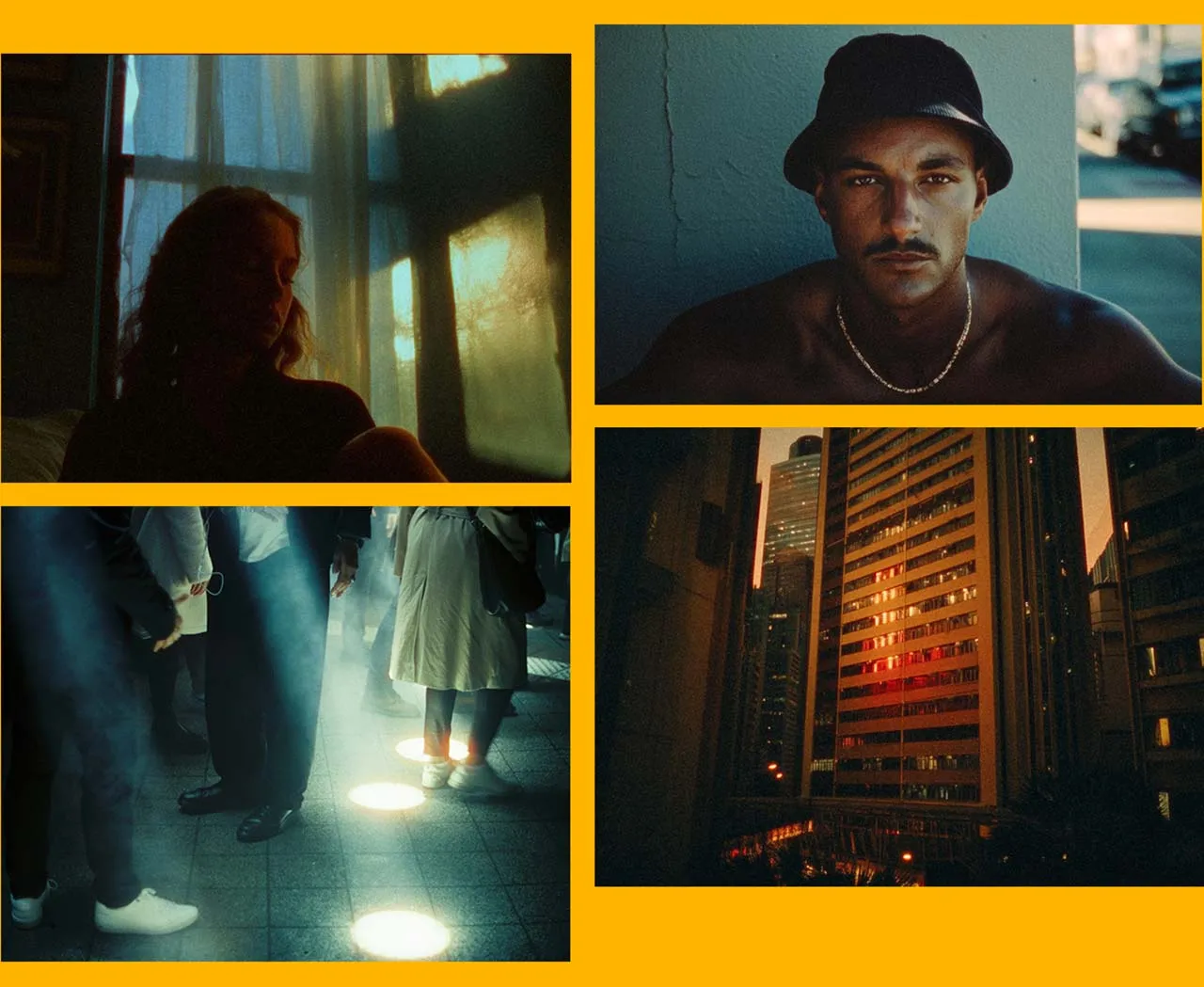
Chapter One: The Shot Must Belong
“I’ll throw away the prettier frame if it doesn’t serve the story. Always.”
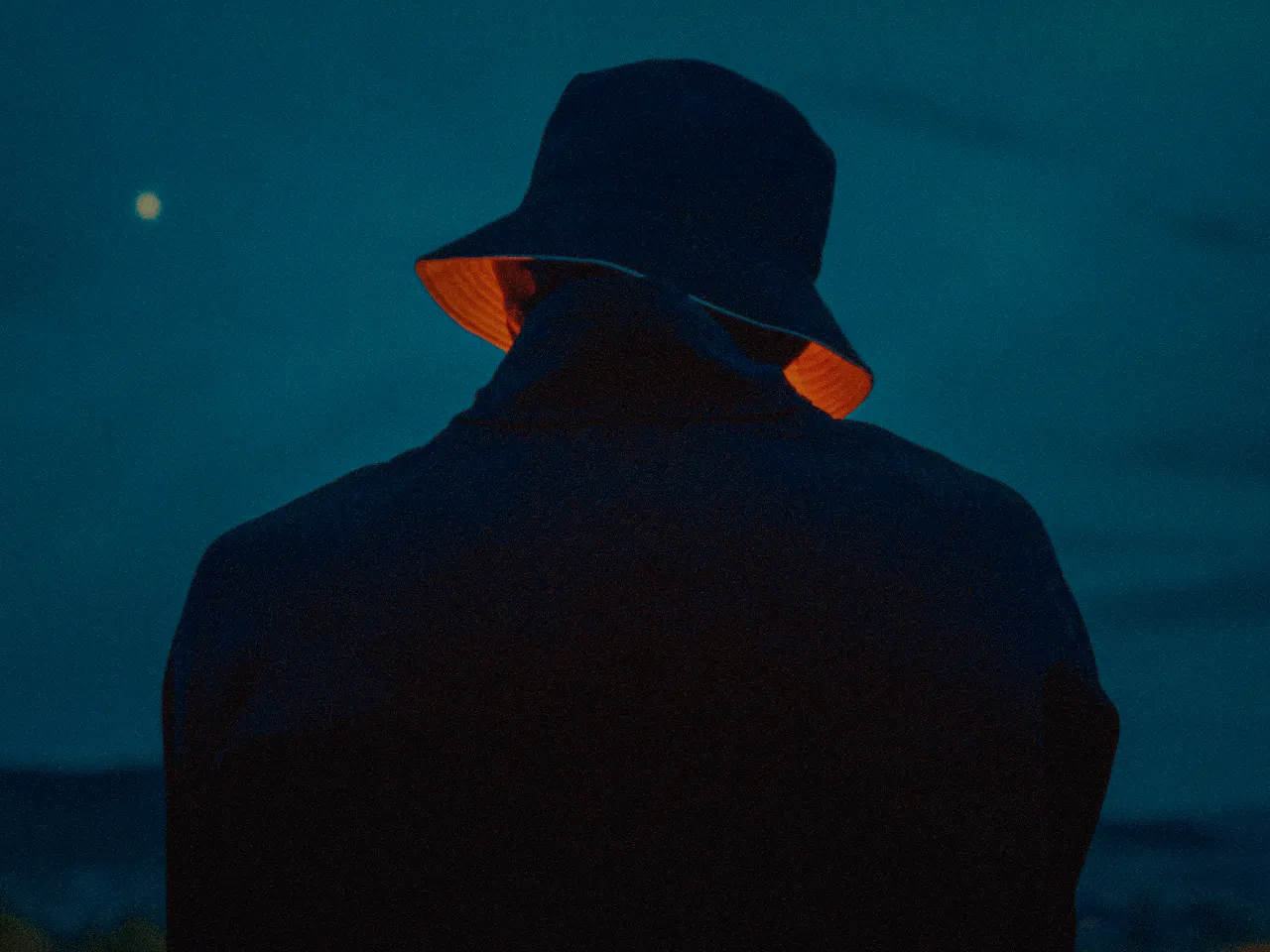
For Steve, cinematography is less about aesthetics than about alignment. It’s not what looks good — it’s what fits. And what fits is often surprising.
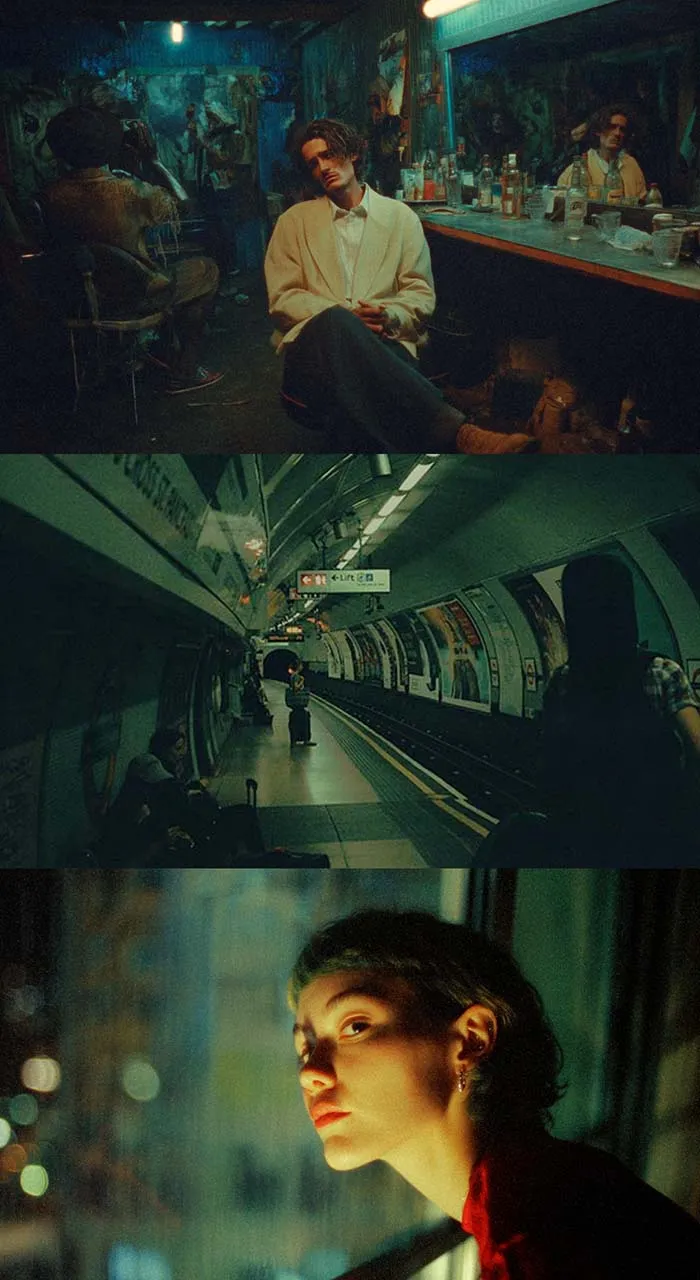
“I used to chase perfect shots. Then I realized: the ‘perfect shot’ is the one that disappears into the film. It holds the moment, but it never distracts from it.”
This philosophy drives his work on set. He’ll spend hours prepping: walking the location, feeling the light, adjusting for shadows that might only last a few seconds.
But when it’s time to shoot, he’s light, intuitive, and ready to abandon a plan if the story asks him to. What he’s after is something deeper than beauty. He’s after resonance. A frame that holds emotional clarity.
Chapter Two: Subtraction is Everything
”Good storytelling is like good color - subtractive. You’re not showing everything - you’re choosing what not to show.”
Steve draws a direct line between storytelling and color - not just metaphorically, but technically. His obsession with analog film led him to study its color science. What he discovered was more than just a look - it was a philosophy.
“Film color is subtractive. It works by removing wavelengths, not adding them. That stuck with me. That’s what story does too. It subtracts the noise.”
In Steve’s world, storytelling - whether visual or narrative - is never about piling things on. It’s about deciding what matters. What stays. What gets cut.
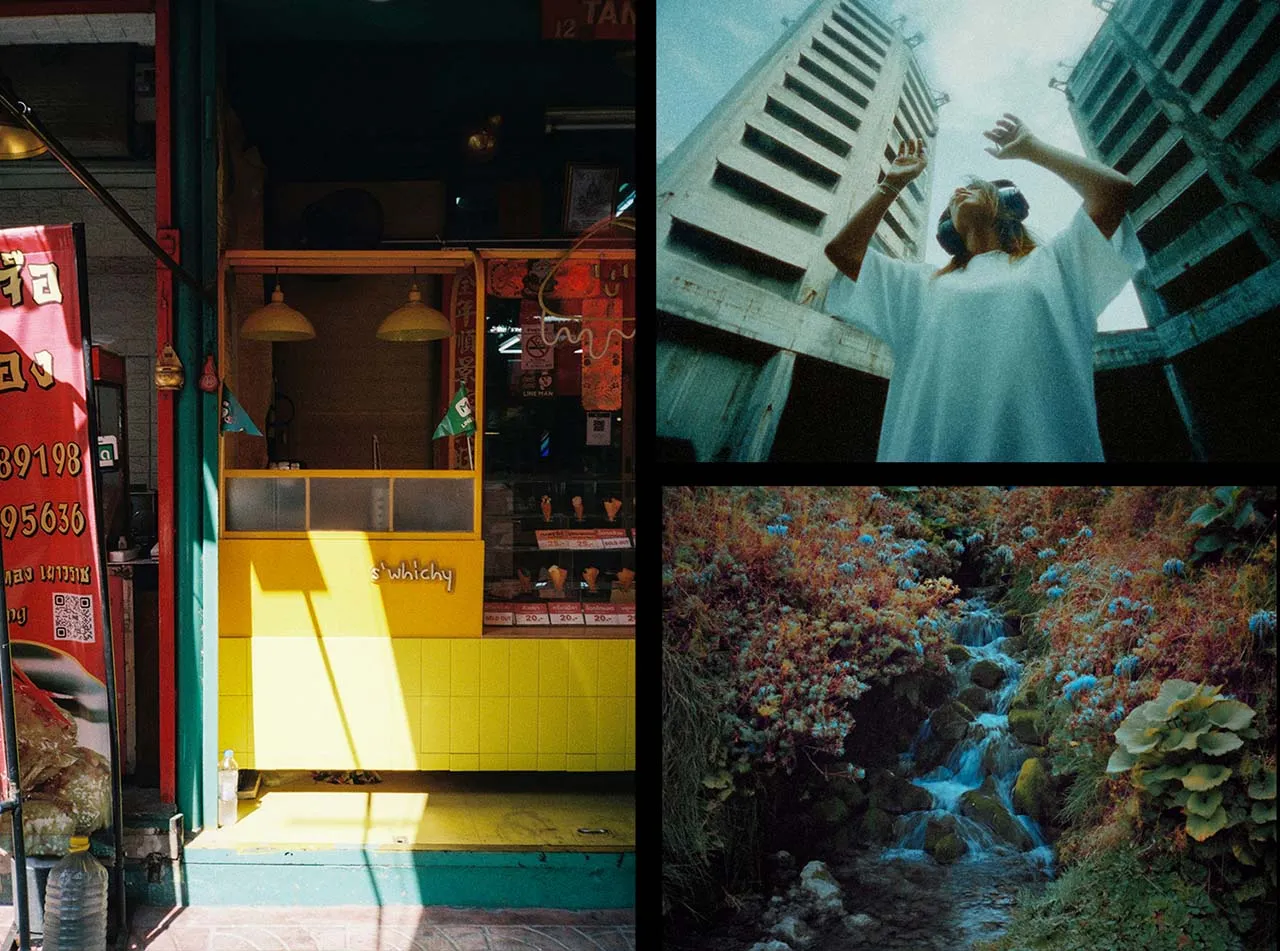
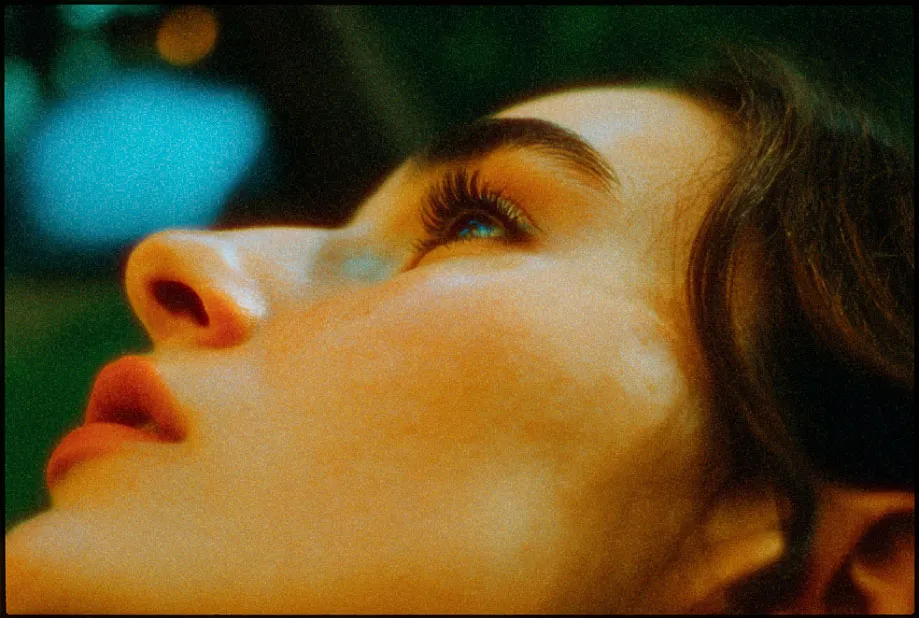
“Color.io doesn't just simulate film, it captures its logic and brings out its true depth and authenticity.”
Color grading, for him, is not a cosmetic layer — it’s an essential way to bring the frame to life. With Color.io, he found a toolset that did just that via film emulation. The subtractive nature of the color curves. The natural roll-off into the highlights. These film emulations force him to commit. To shape. To let the image breathe naturally.
Chapter Three: 90% in Camera
“The goal is always to get 80 or 90% of it in-camera. Or at least make it look like that.”

Steve doesn’t like fixing things in post. He’d rather sit with a shot, adjust the flags, wait for the light to shift. To him, shooting is a meditation. Post is reflection.
“I work fast, but not rushed. I prep obsessively so I can let the moment unfold on set. That’s where the story lives.”
His Amira isn’t just a tool - it’s a constant. A familiar weight. A sensor he knows inside out. Shooting with it gives him confidence to focus on what's in front of him. “I don’t want to chase the look in post. I want to find the look on set, and then just gently guide it in the grade.”
The more he trusts the process, the more invisible the work becomes. And that’s the point. If the audience is thinking about the camera, the lens, the lighting — he’s failed. “They should feel something. That’s it. If they’re dissecting it, I’ve overreached.”
Chapter Six: Heroes
“I don’t want to be impressed by a film. I want to be moved by it. Those are different things.”
Steve’s heroes aren’t flashy. He points to Ozu. Tarkovsky. Deakins. Artists who let time unfold. Who trusted the viewer. Who held back more than they gave. “The things that shaped me most were the quieter films where nothing exploded.” he says.
As a teenager, Steve would rewatch old Japanese films late at night. The stillness. The slow pans. The way the story emerged from silence. That same feeling drives his work today — in every lens choice, every frame, every cut. It’s not about chasing attention. It’s about inviting reflection.
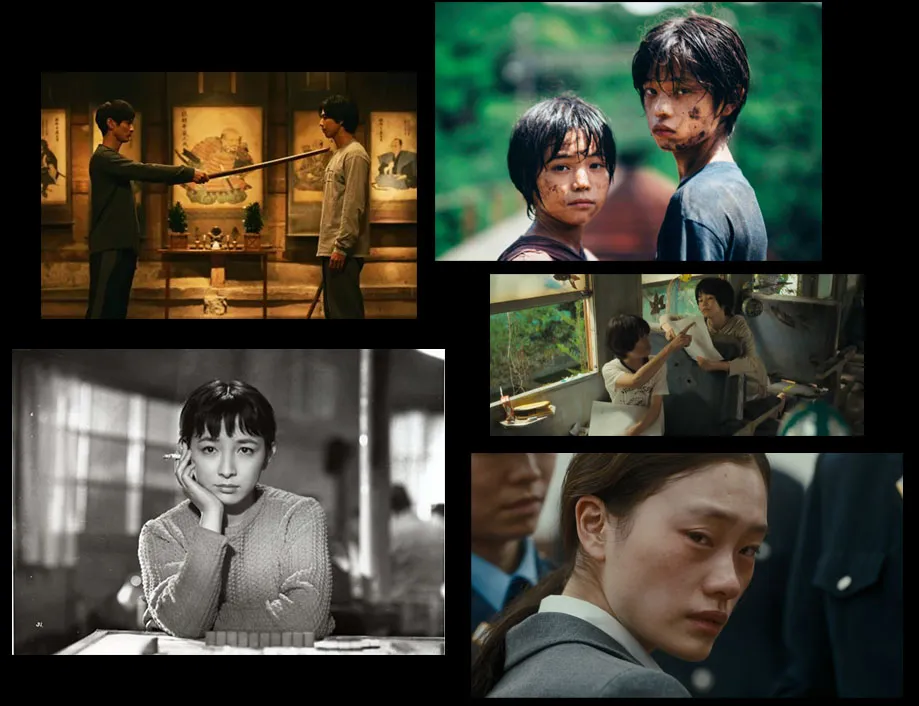
“Japanese Cinema made me feel seen, somehow. Like I didn’t have to be loud to make an impact.”
Growing up between cultures, Steve often felt the pressure to be louder, to stand out. But Japanese cinema showed him something different — that stillness could speak volumes, that a small gesture or pause could hit harder than anything. Watching those films, he didn’t just admire the craft — he saw himself in it. It made him feel like there was room for his way of seeing the world. That he didn’t have to perform to be understood.
Closing: What You Leave Out
To those stepping into cinematography, Steve offers this: “Don’t ask what you want to show. Ask what you’re willing to leave out.” The power of an image isn’t in what you add. It’s in what you refuse to include. That’s where the frame truly becomes alive.
Thank you to Steve Tanaka for his generosity, inspiration, and insight throughout this conversation. To see more of his work, follow him on Instagram @stevetanakafilm
